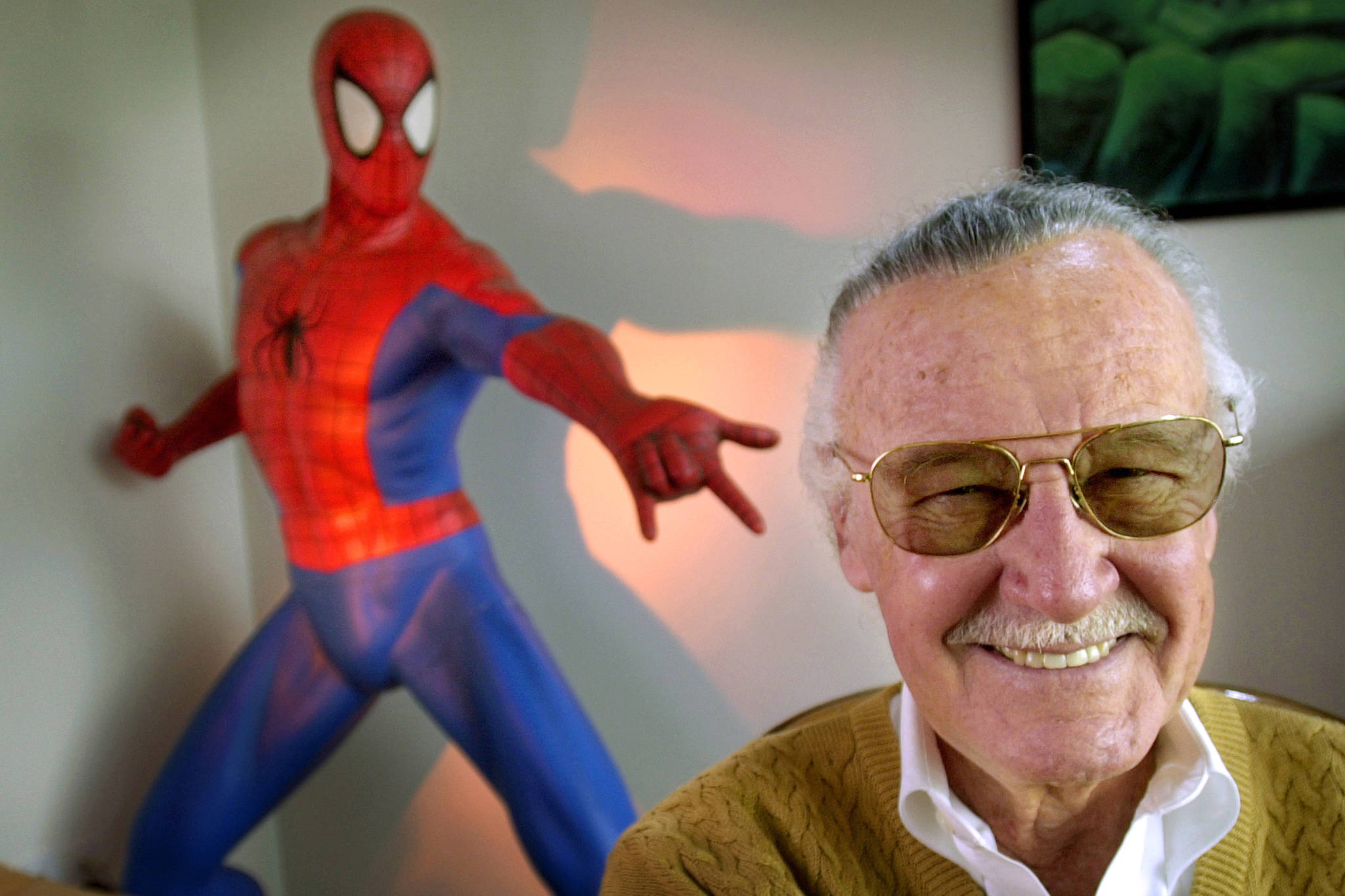On Monday, we lost an American hero, Stan Lee. In his long career as a writer and publisher, Lee created some of the iconic super heroes of Marvel Comics and in so doing expanded the potential of the comic book genre in a way that had an impact on virtually all of American culture.
Before Lee came on the scene in 1961, comic books were simplistic fare for children, with super heroes like Superman and Batman who were little more than two-dimensional cardboard cutouts. They had arch-enemies, but their victories over those enemies were always unambiguously good. Batman always saved Gotham City, and the people of Gotham City loved him. Superman always saved the planet, and whenever Lois Lane or Jimmy Olson were in mortal danger, Superman was there to save them.
Stan Lee changed all of that. With super heroes like The Fantastic Four, Spiderman, and the Hulk, among many others, Stan Lee did for the comic book what Dylan did for rock and roll — gave it depth, complexity, poetry.
As in earlier comics, in Lee’s comics we always knew who the good guys were and who the bad guys. But in Lee’s stories, one of the things that made the good guys seem so good, so appealing, was their emotional vulnerability. Their private lives were messed up. The public wasn’t sure whether to love them or hate them. They themselves weren’t always sure that they were the heroes.
Spiderman (aka Peter Parker) kills the father of his alter ego’s best friend, and the publisher of the local newspaper, J. Jonah Jameson, is on a sensationalist mission (a mission fueled in part by the photos of Spiderman that Jameson buys from Parker) to have Spiderman apprehended and tried as a vigilante.
Or look at Ben Grimm. The gamma rays that turned him and his three colleagues into the “Fantastic Four” gave them all wonderful powers: Sue Storm achieved the ability to turn invisible; her brother Johnny got the power to burst into flame without getting burned; and Reed Richards got the ability to stretch and expand his body parts at will (in my mind, one of the more enviable super powers).
But poor Ben Grimm! The gamma rays gave him great physical strength but also turned him into a hideous monster, The Thing.
And then there’s Army physicist Bruce Banner, who has no control over the green monster — the Hulk — that his emotions sometimes turn him into. Don’t we all know that feeling?
Lee’s heroes were like us. They had identity crises. Their relationships were complicated. They were sometimes witty and amusing. Sometimes they acted stupid.
And like us, they couldn’t always save the ones they loved.
Lee transformed the comic book into a mature art that could question its own conventions. In the 1980s, comic book writer Alan Moore revised the Batman story to explore the problematic vigilantism at the heart of the super hero phenomenon. And after Lee, comic books could take on even greater subjects, such as the Maus series, where Art Spiegelman explores the history of the Holocaust and the psychological impacts that extend into the present day.
I used to think that it was Dylan’s impact on pop music that opened the door for Stan Lee to change the comic book genre. I now realize it was probably the reverse: it was probably Stan Lee’s work, his infusing comic book stories with psychological and social realism, with intelligence and wit, that opened the door for Dylan to do the same with rock and roll.
RIP Stan Lee, and thanks. You gave us super heroes who were imperfect like us, and you let us know we don’t have to be perfect to be the good guys.
• Jim Hale is a writer who lives in Juneau.
• Jim Hale is a writer who lives in Juneau. My Turns and Letters to the Editor represent the view of the author, not that of the Juneau Empire.

